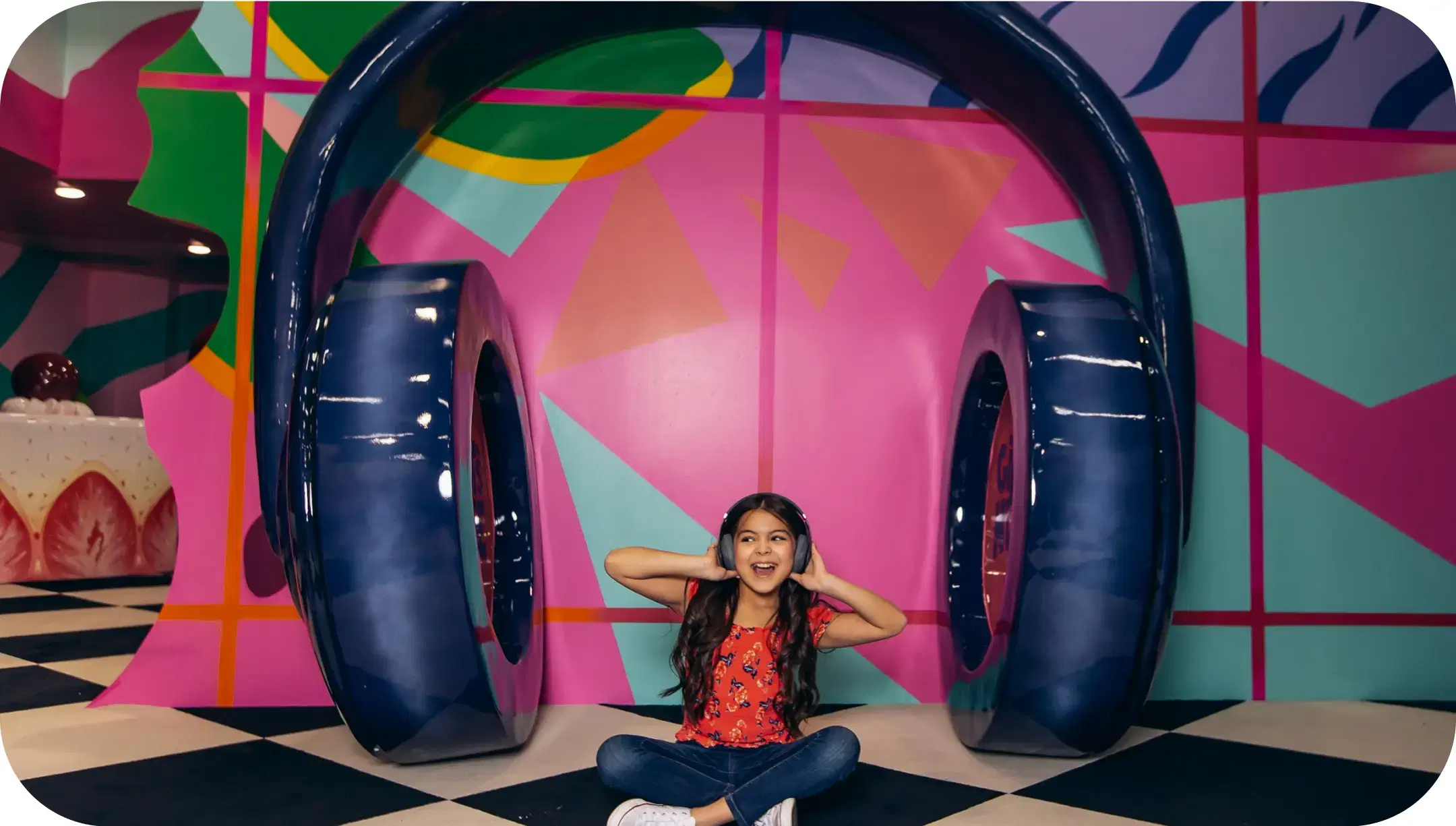Step into the Natural History Museum in Los Angeles and come face-to-face with Gunther, the remarkable Galápagos tortoise skeleton that has captivated visitors for over a hundred years.
This rare exhibit offers visitors an intimate look at one of nature’s most intriguing creatures. The skeleton, affectionately known as “Gunther,” has been part of the museum’s collection for over a century.
Gunther’s journey began in June 1899 when zoologist Edmund Heller collected the young tortoise, weighing just 29 pounds, from Iguana Cove on Albemarle Island (now Isabela Island) in the Galápagos. Today, Gunther remains on proud display, offering a glimpse into the biology of one of Earth’s most iconic reptiles. The skeleton supports the museum’s mission to educate the public about biodiversity and evolutionary science.
Visitors can marvel at Gunther’s impressive structure, gaining insights into the anatomy and evolution of these gentle giants. The display emphasizes the importance of conservation efforts to protect endangered species and their environments. It’s a must-see for anyone passionate about natural history and the wonders of the animal world.
Exploring American Contributions to Natural History at the Museum
The Natural History Museum in Los Angeles not only highlights specimens like Gunther but also showcases the achievements of American scientists. The museum’s vast collections demonstrate the tireless work of researchers in cataloging the natural world, preserving the biodiversity of numerous ecosystems, and making science accessible to the public.
Exhibits span from prehistoric times to modern ecosystems, weaving a narrative that highlights American exploration, fieldwork, and documentation. The museum gives special attention to how American contributions have deepened global understanding of natural processes, including the evolution of species like the Galápagos tortoise.
By walking through these thoughtfully curated halls, guests can appreciate the enduring impact of American science in natural history. The museum acts as a living archive, where discovery meets public education, inspiring generations to contribute to the preservation and study of our natural world.
Planning Your Visit to the Natural History Museum in Los Angeles
Located at 900 Exposition Boulevard in Los Angeles, the Natural History Museum is an essential destination for anyone interested in science, discovery, or the natural world. It sits within the larger Exposition Park, easily accessible by car or the Metro Expo Line. Nearby attractions and the urban setting make it a convenient cultural stop for both locals and tourists.
The museum is open daily from 9:30 AM to 5:00 PM. Admission prices are $15 for adults, $12 for seniors and students, $7 for children ages 3 to 12, and free for children under 3. Parking is available nearby, and public transit options are plentiful. The central location adds to its accessibility, making a visit both easy and rewarding.
Inside, guests can experience a wide variety of exhibits beyond the Galápagos tortoise skeleton. From the world-famous Dinosaur Hall to detailed dioramas and outdoor nature gardens, every space within the museum is carefully designed to support learning, inspire curiosity, and celebrate natural history.
Extend Your Exploration at the World of Illusions in Los Angeles
After a day immersed in natural history, consider rounding out your Los Angeles adventure with a visit to the World of Illusions. This dynamic destination offers four interactive exhibits that challenge perception and encourage playful creativity. Located on Hollywood Boulevard, it’s a fun and engaging contrast to the academic tone of the Natural History Museum.
Inside, the Museum of Illusions captivates visitors with floor-to-ceiling 3D murals that place you inside surreal scenes. The Giant’s House invites you into a world of massive everyday objects that make you feel as small as a toy. The Upside Down House features seven themed rooms where furniture clings to ceilings and gravity-defying photo ops are around every corner.
Smash It! offers a more therapeutic experience where you can write frustrations on plates and shatter them against the wall—a unique and satisfying form of artistic expression. Together, these experiences offer a high-energy complement to the quiet contemplation of natural exhibits, making the World of Illusions a memorable way to continue your exploration of what makes Los Angeles such a distinctive and exciting city.
Whether you’re drawn by curiosity, science, or a love for rare discoveries, the Galápagos tortoise skeleton is a highlight worth experiencing. This extraordinary exhibit is just one example of the depth and wonder preserved within the Natural History Museum. Make the most of your time in Los Angeles by exploring both the educational treasures and the immersive attractions that make the city a destination unlike any other.
Where is the Galápagos tortoise skeleton located in Los Angeles?
The Galápagos tortoise skeleton is displayed at the Natural History Museum in Los Angeles. This iconic exhibit is part of the museum’s extensive collection showcasing natural wonders and scientific discoveries from around the world.
What else can visitors explore near the Natural History Museum in Los Angeles?
In addition to the Natural History Museum, visitors in Los Angeles can experience interactive fun at the World of Illusions. Located a short drive away, it offers hands-on exhibits that contrast with the educational atmosphere of the museum, creating a well-rounded city adventure.
Is the Natural History Museum in Los Angeles suitable for all ages?
Absolutely. The museum offers a range of natural exhibits, from fossils and wildlife dioramas to engaging educational spaces, making it ideal for visitors of all ages. It’s one of Los Angeles’ premier destinations for anyone interested in science, history, and American natural heritage.







